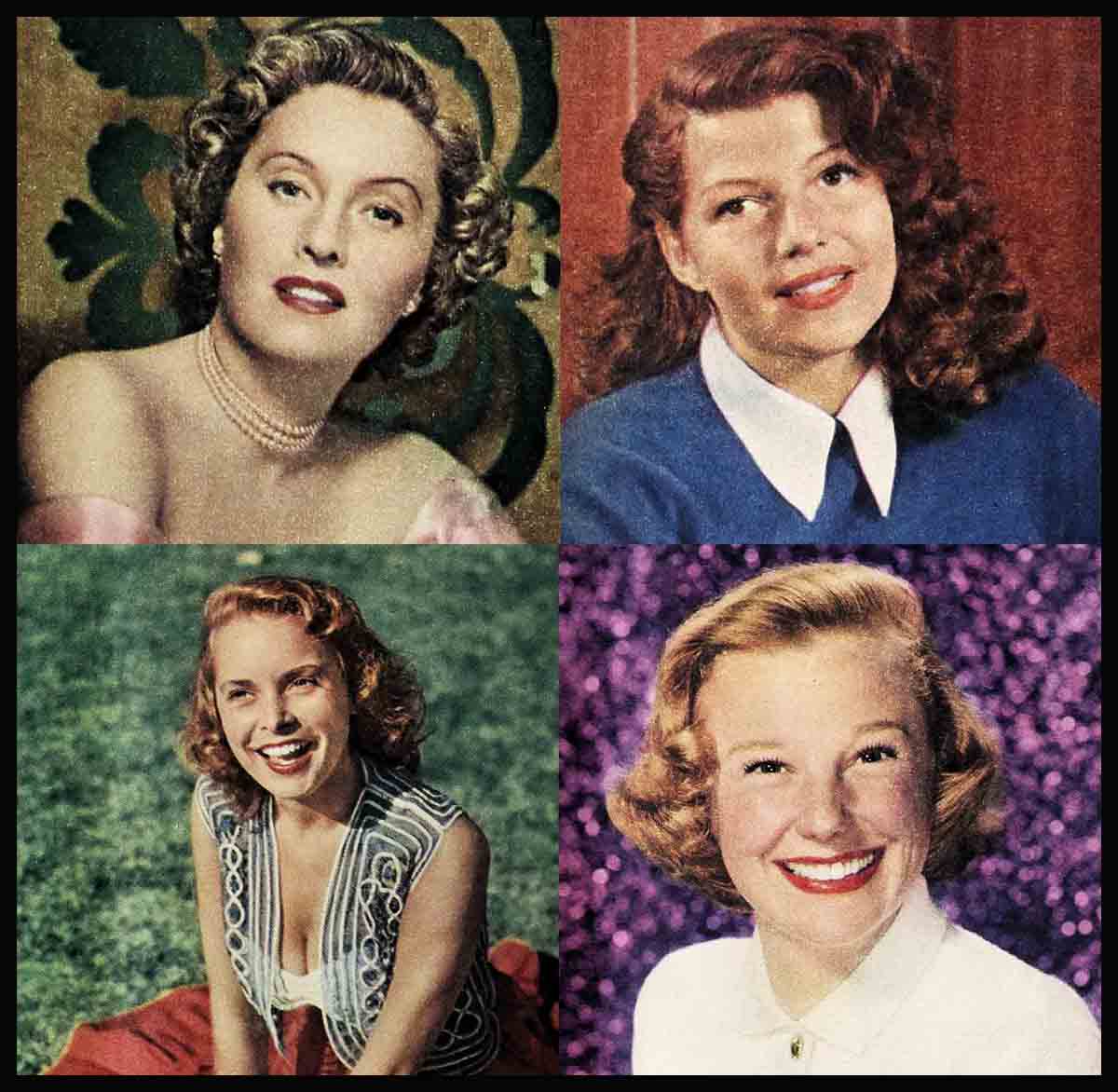
They Are Men’s Women
When, a kid in high school, I was the proud owner of a hopped-up jalopy, I printed on my fenders: “This car slows down for brunettes, stops for blondes and backs up for redheads.” Another kid might have announced his preference in a completely different order. We’re not all partial to the same type. But, in spite of this, wherever you go—in any group, in any town—certain women always are surrounded by men. When they’re on the dance floor they’re cut in on again and again. When they elect to sit quietly men cluster about their chairs. Even at a chance meeting in a restaurant, a man is likely to stop and chat with such a woman when ordinarily he merely would bow and pass on to his table.
For these women have an appeal or an excitement which cannot be denied. They need not be beautiful. And they need not have sex appeal—although I cannot honestly say that these things work as any. Handicap.
Even in Hollywood, where women are world famous for their attraction, not all have this special quality. The girls who do have it, in Hollywood, as everywhere else, certainly never lack masculine attention. For any man to name the exciting women in his home town is dangerous business—but here goes for Ford: In my book, the Hollywood girls who belong in this group, not listed in order of preference, are June Allyson, Rita Hayworth, Barbara Stanwyck, Gene Tierney, Denise Darcel, Greta Garbo, Joan Crawford, Ethel Barrymore, Janet Leigh and, if I’m not prejudiced, Eleanor Powell. You sometimes read how the Hollywood girls, lacking dates and escorts, sit at home lonely with a book. Well, these stars never did unless that was what they wanted to do. And it’s my guess they never will.
June Allyson is a doll. Not because she’s beautiful. On the contrary, June’s beautiful—in her individual way—because she’s a doll. Genuinely friendly, with a warm informality, she puts men immediately at ease and makes them yearn to please her as impulsively as they would seek to please a beguiling child. Including, after six years of marriage, one Richard Powell.

June never is inhibited by manners. Not that she ever is rude, noisy or inconsiderate. Far from it. But if she happens to be sitting on the dais at a big important dinner—as she often does happen to be, always being feted or awarded something or other—and she sees a friend, she waves. It’s a little wave, but it’s also warm and enthusiastic.
June never is submerged by anything. Always she’s herself. And men like that better than almost anything else I know, providing, of course, the woman is essentially a nice human being.
Rita Hayworth I’ve known for a long time. When we were kids, we were neighbors. Rita was Margarita Carmen Cansino, twelve years old. She and her family danced at a floating night club off the coast. And I ran a water taxi out to it.

Rita and I began our screen careers at the same time. She was the first leading lady opposite whom I ever worked. She was the first girl to whom I made love on the screen. Of all the pictures we made together, “Gilda” stands cut in mind. Because to me Rita is Gilda.
She has the same exotic beauty and the same great sex appeal. These things, as I said before, are no handicap. But men also are attracted by Rita’s shyness and idealism. It is these qualities that keep her from being the cool, self-assured, self-sufficient woman she otherwise might be—a type which makes men feel uncomfortable.
There aren’t too many girls like Rita around since women discovered they can look out for themselves, often quite handsomely. So I suppose it’s natural that men should gravitate towards her in the very way that anyone who is a little cold seeks a warm, bright fire.

One day, I hope I’ll make a picture with Barbara Stanwyck. I know it will be a happy experience. When you work with “Stanny” you come to know the electricians, grips and prop men on the set much better than you know them usually. They come in and down from their posts to sit around and talk with Barbara—about their wives, their kids, the house they’ve bought or are building, the second-hand car they’ve fixed up so it’s really better than any of the new jobs, the night courses they’re taking.
Men accept Barbara the way they accept another man, but they don’t feel the same way about her. She’s forthright and honest. In her scheme of things there’s no time for phoniness or idle flattery. If she has something to say, she says it. It will be, more likely than not, something pleasant. But if it isn’t it’s always so honest and fair that you find yourself nodding your head like mad in agreement.
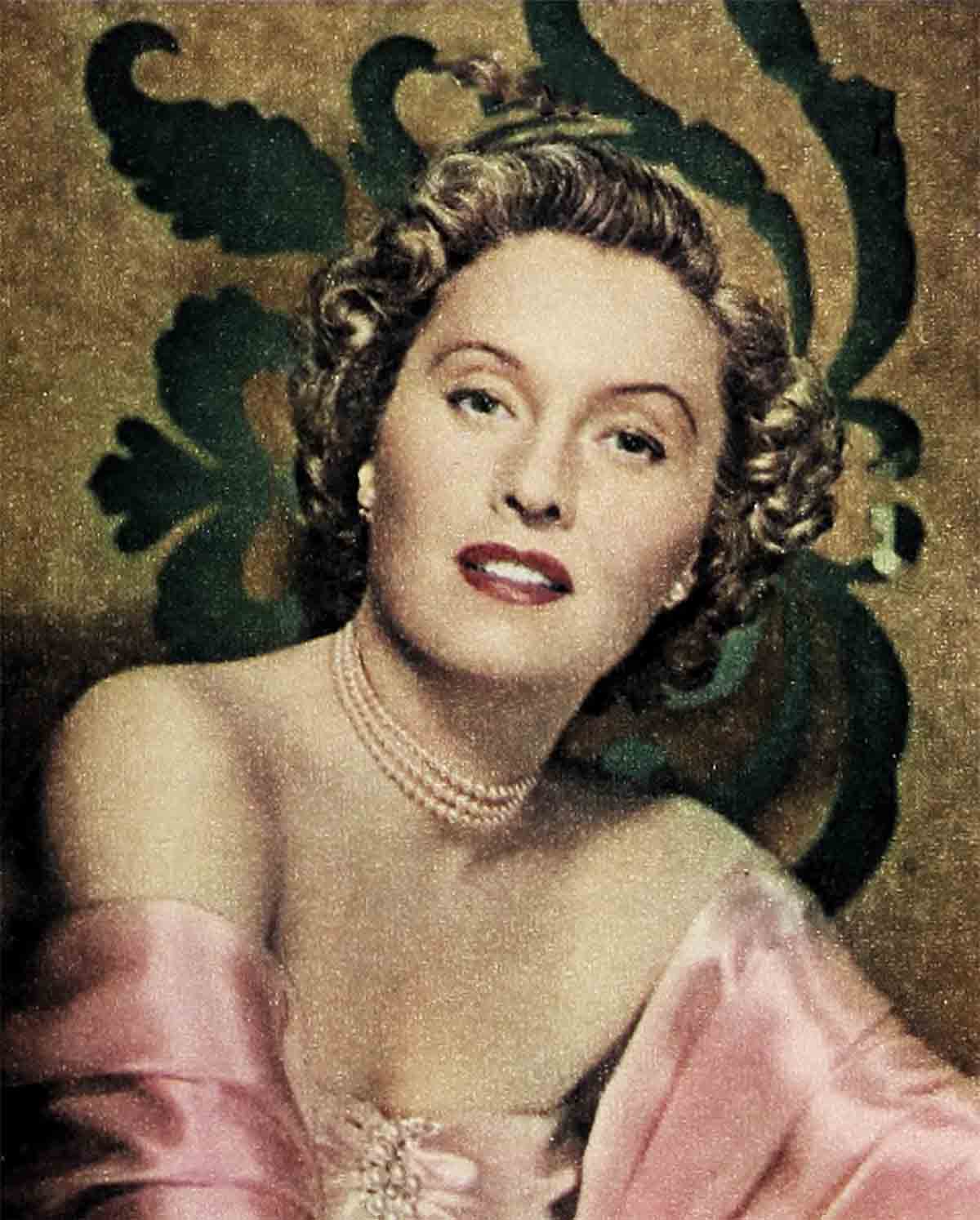
Gene Tierney, another man’s woman, is exciting looking. And she dresses with a sophisticated flair. Just like two dozen other actresses. However, the others don’t have the special attraction that Gene has—because they don’t know as much as Gene knows. She’s that rare breed who is an intellectual but never makes you feel you have to sit and listen to a lecture. Most men—in spite of a corny theory to the contrary—admire intelligence in a woman if they are not made to feel they should bow to her intellect! If Gene didn’t know as much as she does she couldn’t listen the way she does, with her ears and eyes and mind, actually with all her body. She bends towards you, just a little, when you tell her something. And if she interrupts you don’t mind because she asks interested, pertinent questions.
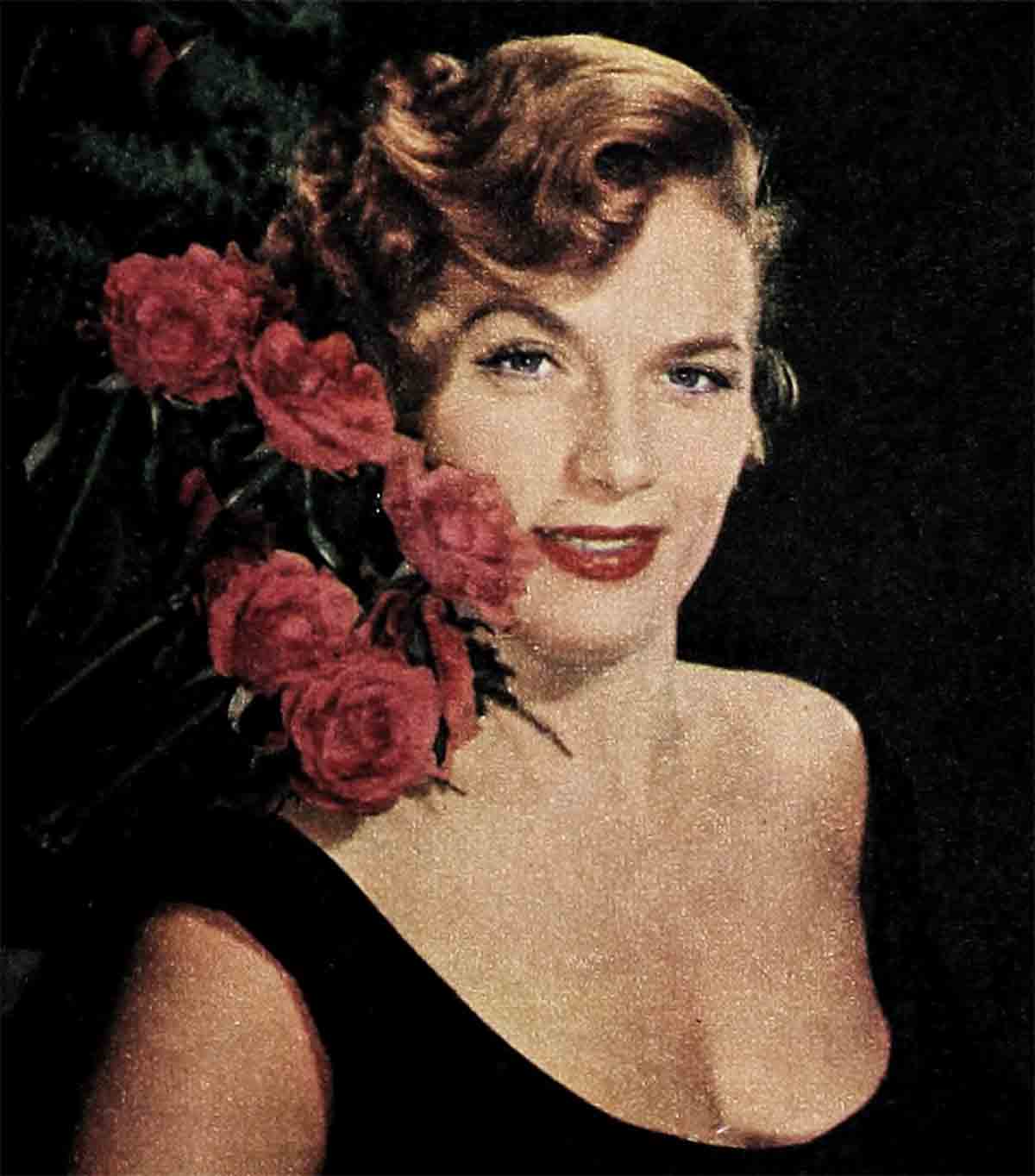
Gene also has gumption. She doesn’t—as she could, so easily—take advantage of the fact that she’s a very smooth package. I remember a scene we did together in which we had to ride, full speed, over a cold, dirty, rough hill. As we neared the top, Gene fell. But there were no tears, no protestations. She just got back on the horse and kept riding.
That movie, which was “Secret of Convict Lake,” introduced me to another woman who has ranked as special wherever she has traveled in the world: And today, over seventy years old, she is as ex- citing—if not more exciting—than she was in her youth. Ethel Barrymore! Miss Barrymore makes women who fret about growing old seem very dull dishes. Her heart is still young. She still enjoys living. When she is around everyone instinctively has better manners. Not because she holds court. She doesn’t. Her bearing is regal and her features are patrician but her glorious sense of humor never allows her to dramatize these things. In manner, she is outgoing. Easily and kindly she turns a tense situation into a laugh. And often, for the sheer joy of it, she clowns.
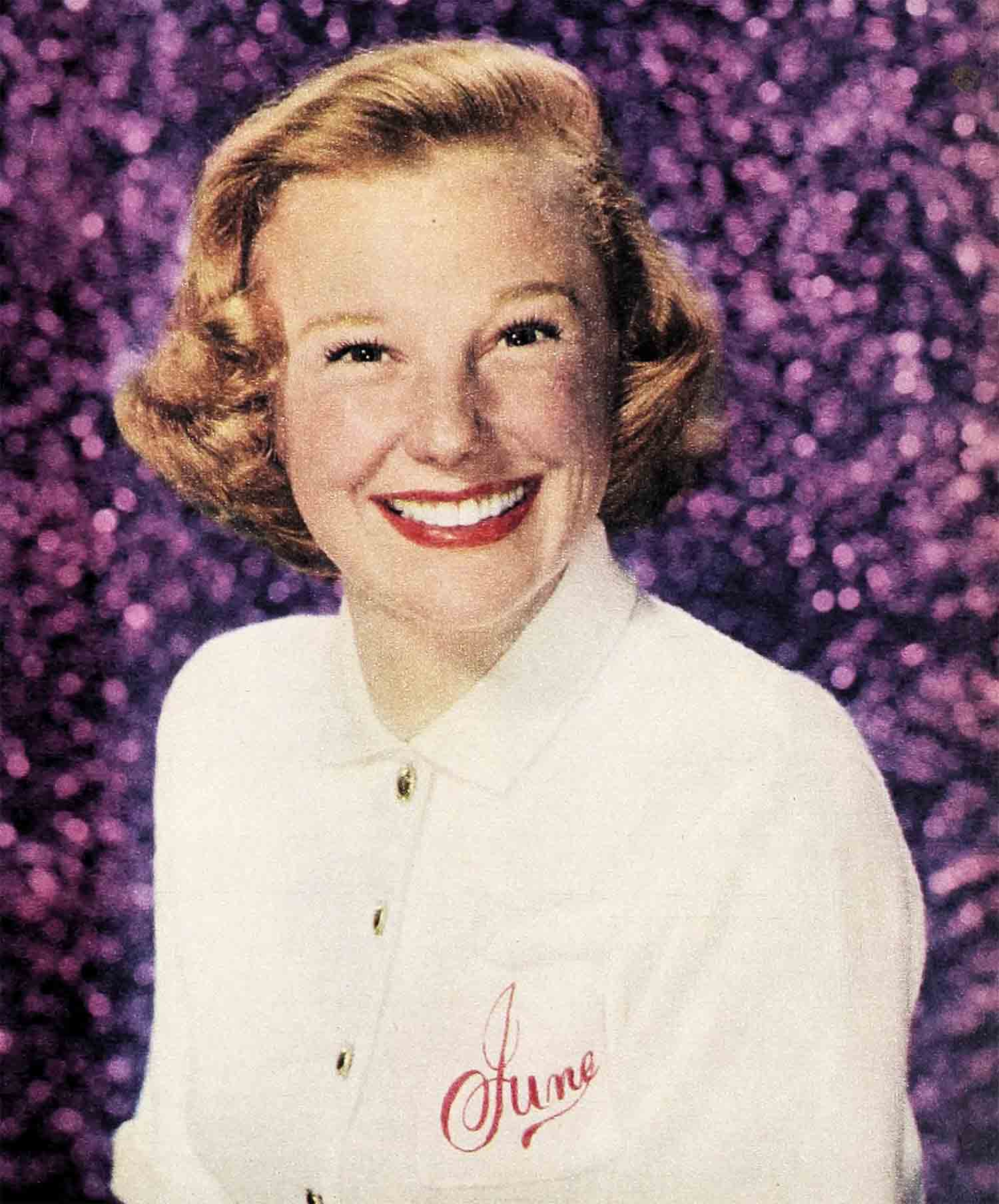
Denise Darcel is like spontaneous combustion. Working with her in “Young Man with Ideas” was a great experience. The set bounced and bubbled when she was around. She was so full of life she could make the oldest man feel like sixteen. Not only that, she was a great ambassador of good will in that she made every man want to go to France. Denise has a way of bringing youth, gaiety and laughter to everyone—and what could be more exciting than that?
No list of Hollywood’s exciting women would be complete without Joan Crawford. Joan is what all women would wish to be, a glamorous personality who dresses beautifully, who has earned wealth and fame and who, in her exciting and aggressive search for all these things, never has overlooked the importance of children, a home, friends over for dinner and all the other things that women were meant to enjoy.
Greta Garbo hasn’t made a movie for ten years. But she’s not forgotten. And she never will be. She will become, I think, even if she never makes another picture, a Hollywood legend. It is, most frequently, her artistry that Hollywood loves to talk about. But even as we sit around and yak about her artistry it’s the woman she is whom we think about. Men especially are intrigued by her mystery, a product of her intense shyness. For, as long as there’s anything about a woman which a man cannot quite understand, he will seek her.
Always I’ll remember a scene I did with Janet Leigh. I had to carry her across a threshold and we were supposed to be laughing. Before the director called, “Action,” she whispered, “Glenn, tickle me so I’ll laugh.” Well, I went along with the gag—and once she got going she had quite a time stopping. So did everybody else. There’s something infectious about Janet’s laughter—because she has the gaiety of youth, because she’s a walking testimonial that life is wonderful and that if you want to be happy all you have to do is have a happy attitude. A man would have to be a complete dolt not to find Janet exciting.
If I place Eleanor Powell, also known as Mrs. Glenn Ford, last on my list it is because it might seem bad taste for me to put her above the rest. When Ellie and I married, she was a brilliant dancing star. Once she had two opening nights at once on Broadway, premiering as the star of the big musical hit “At Home Abroad” at the same time her picture “Broadway Melody of 1936” opened across the street. Never have I quit being amazed that Ellie chose to drop her career to become strictly a wife, mother and homemaker. In this she has found great happiness and contentment. It is, she says, what she always wanted. However, Ellie never has become bogged down by her domestic routine, never lost her sense of humor, her nervous energy or her vitality.
To me she is a combination of all the good qualities in all women.
(Glenn Ford is in “Affair in Trinidad” and “Young Man with Ideas”; June Allyson, “The Girl in White”; Rita Hayworth, “Affair in Trinidad”; Barbara Stanwyck, “Clash by Night”; Gene Tierney, “Way of a Gaucho”; Joan Crawford, “Sudden Fear”; Ethel Barrymore, “Deadline U.S.A.”; Janet Leigh, “Scaramouche”; Denise Darcel, “Young Man with Ideas.”)
THE END
It is a quote. PHOTOPLAY MAGAZINE APRIL 1952


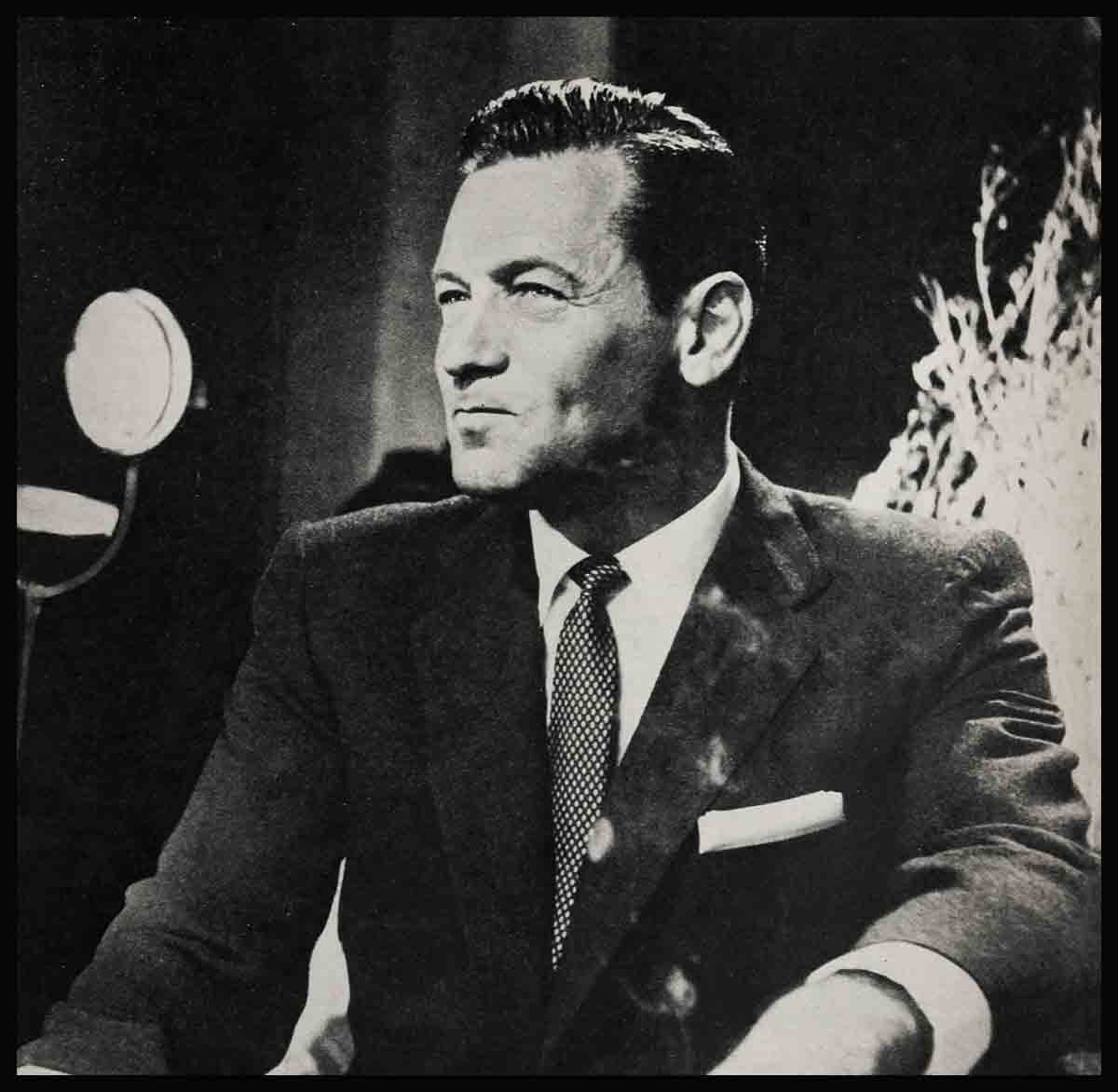
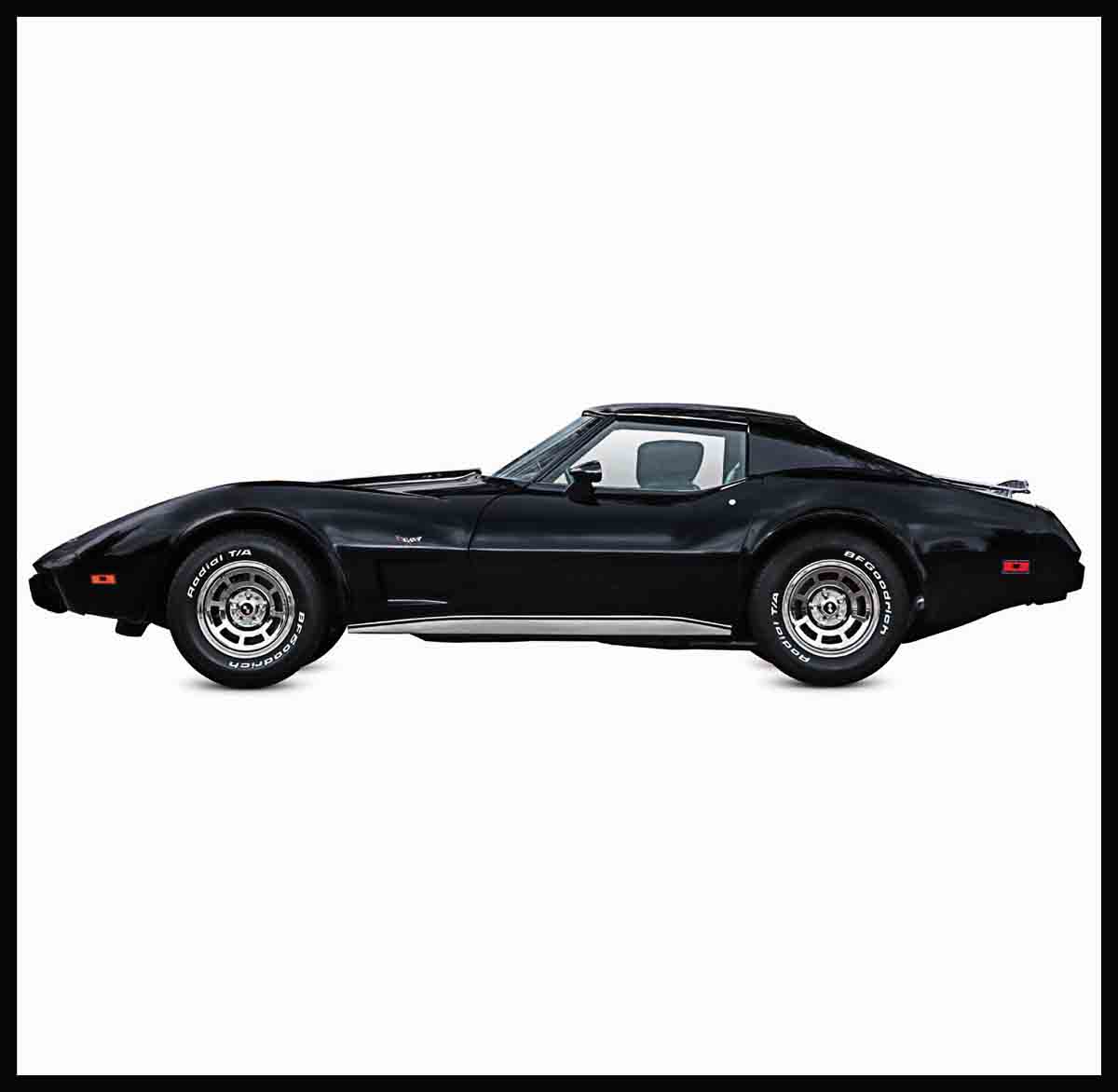
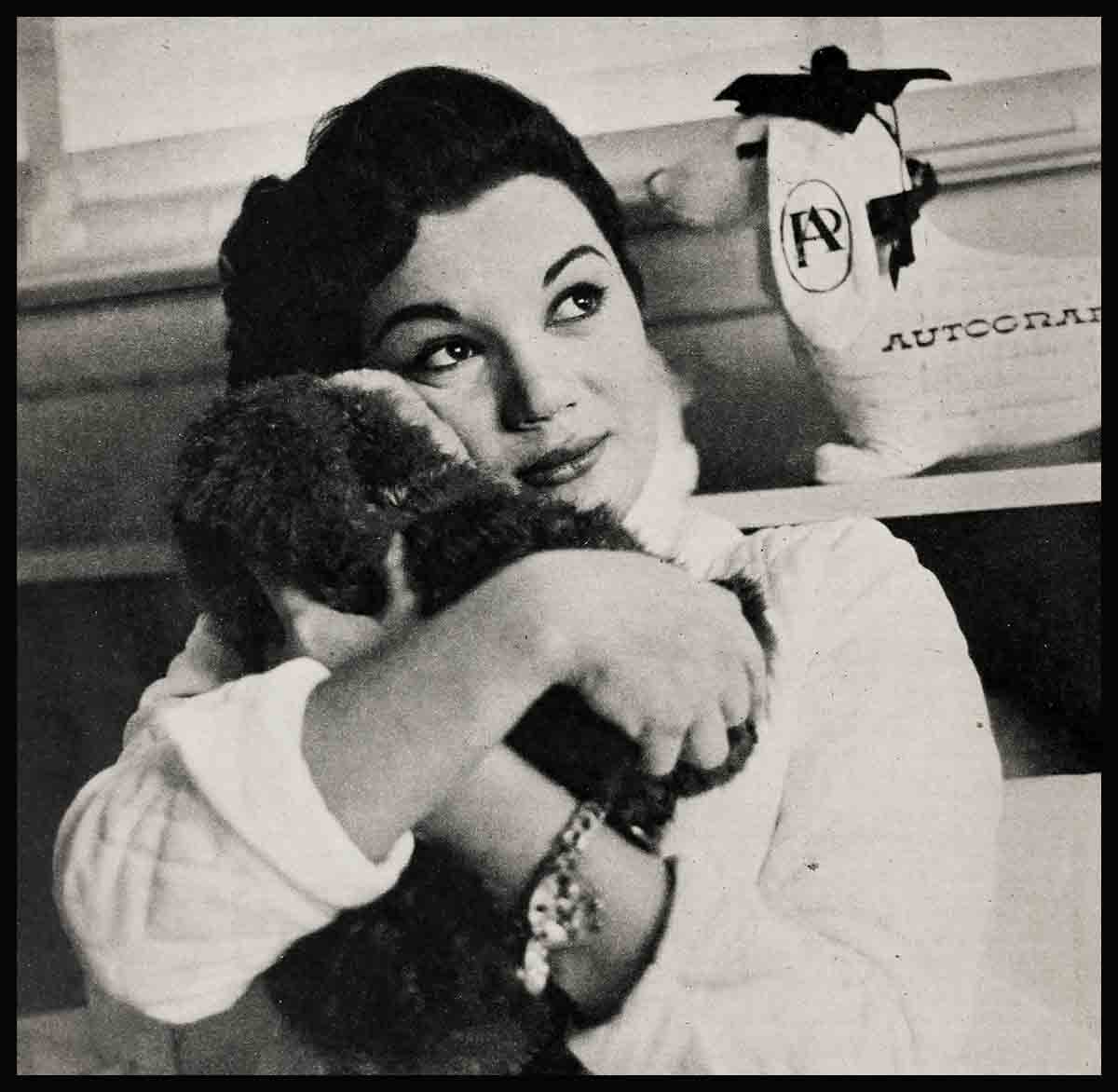
No Comments